His full name is Hermitage of Christ of Calvary, but it is easier for you to hear it with shorter names such as the Ermita del Nazareno, the Ermita del Calvario or by the people of Xàbia simply as the calvari, in Valencian. In Jávea there is a lot of devotion to the Nazarene, the image that is kept in this hermitage.
Next you have an index with all the points that we are going to deal with.
- 1.
- 2.
- 3.
- 3.1.
- 3.2.
- 4.
- 4.1.
- 5.
- 6.
Where is it and how to get there
The Calvari is on Calle Finisterre, 10. Here's a map.
It is located on an elevation, in the middle of a sharp curve on the CV-736 road that comes from Dénia, just before entering the urban area of Xàbia. You can get to the hermitage by car from a path that starts from the same curve, crossing the Way of the cross that surrounds the hermitage, or from Finisterre street.
History
The original hermitage was built in the 1770th century, specifically in 29. It was much more modest than the current one, but dedicated to the same dedication. The members of his Brotherhood (also founded in the 1856th century), agreed on the need to build a larger and more classy temple, so they demolished it and built a new one, inaugurated on April XNUMX, XNUMX. It is this building that has come down to us, adding the Way of the cross later.
According to the book "The old image of Jesús Nazareno and his Hermitage of Calvario in the town of Xàbia", by Antoni Espinós Quero, during the XNUMXth century there were seven religious brotherhoods in Xàbia:
The most deeply rooted and oldest was the brotherhood of the Rosary, founded in 1600 and made up mainly of women. The brotherhood of the Blessed Sacrament, also called "de los mozos", had been founded "in time immemorial" and was made up of young men up to the age of militias. And the most recent, founded in 1734, was the Brotherhood of the Holy Cross or Calvary, to which the men belonged.
In the middle of the 1849th century (between 1857 and 2017), the hermitage was modified. It is currently municipally owned and in recent years it has benefited from a rehabilitation program that has repaired the roof and dome to eliminate leaks. Since XNUMX, the restoration of the paintings of the chapels, ceilings and presbytery has been undertaken.
Architecture
It is a large temple compared to the usual dimensions of the hermitages. In front of it there is a clear esplanade with trees and beautiful views.
Body exterior:
The most striking and characteristic is its summit, which rises above an octagonal drum, and which is covered with blue glazed tiles. The hermitage has a facade of great proportions, in which the combination and superposition of several geometric figures stands out. It has a Greek cross plan (that is, formed by four arms of equal size). To the right is the hermit's house, now separated but previously linked by a wall that was removed in a recent modification. The roofs have different levels: those of the nave and the transept are higher, and those of the side chapels and the sacristy are lower. In this way, the hermitage of Calvari plays with volumes.
The façade is very wide and sober, all white except for the corners, where you can see the stone blocks. The central half stands out in height and is topped by a neoclassical belfry with a single bell (the belfry is a wall structure that rises vertically and stands out from the rest of the building). The bell was cast in 1856. The portal is as simple and austere as the rest of the façade. Above, in the center of the pediment, there is an oculus framed in a semicircular opening.
Interior
The interior is decorated following the neoclassical taste. It includes a nave and side chapels between buttresses and a transept. It has a barrel vault with transverse arches (that is, they serve to reinforce the vault) that start from pilasters. The dome rises on pendentives (where the dome with the pillars meets). Windows in the dome have recently been opened to increase natural lighting, which was previously very little.
The image of the Nazarene of Jávea
The author Espinós Quero explains that, according to Godofredo Cruañes, in 1767 the Duke of Medinaceli gave Jávea the image of Jesús Nazareno, which is venerated in the Calvary chapel (but, as we will explain later, this original image was destroyed in the Spanish War Civil).
We expand the data on the Nazarene thanks to the work that we have already mentioned, "The old image of Jesus Nazareno and his Hermitage of Calvario in the town of Xàbia":
"This life-size wooden carved image," incarnated "in the face, hands and feet, and by an unknown author - possibly from Murcia - was destroyed during the civil war. Right hand made by the local image maker Juan Devesa, who also carved an exact copy of the image. To Juan Devesa, "el santeret", Xàbia also owes, among other acts worthy of public recognition still pending, the recovery and conservation of the This primitive tunic has now been restored, thanks to the effort and munificence of the Association of Housewives of this town. In 1940, ignoring the offer made by Juan Devesa of the faithful copy of the Nazarene, the brotherhood commissioned a new image from the sculptor Valencian José María Ponsoda Bravo. Said image, carved in the same position as the original one, but higher, cost 7000 pesetas, and the litter 6000 pesetas. "
Inside the hermitage, the image of Christ is in a gilded niche, framed by an altarpiece with columns and symbols of the Passion. The Christ is dressed in a Nazarene costume and carries the cross. The image was restored in 2008 by the Xàbia expert Vicent Catalá. This and the rest of the images are after the Civil War, because as we have said, the originals were destroyed.
The parties in his honor
There is a great devotion in Xàbia to the figure of Jesús Nazareno, named Perpetual Mayor of the city, and protagonist of the most important religious festivals in the municipality. The parties in his honor they begin on the third Sunday of Lent, when the image is carried on the shoulders in procession from the hermitage to the St. Bartholomew's Church where it remains until May 3, the big day of its celebration. That day it is returned to the hermitage of Calvari accompanied by music, dances and fireworks.
The program of these festivities includes the offering of flowers to Christ and the May Crosses contest. On Good Friday the hermitage and its Calvary are the scene of the procession of the Way of the cross.
Masses
They are held on the first Friday of each month at 17:00 p.m. in winter and 18:30 p.m. in summer. Weddings are also held.

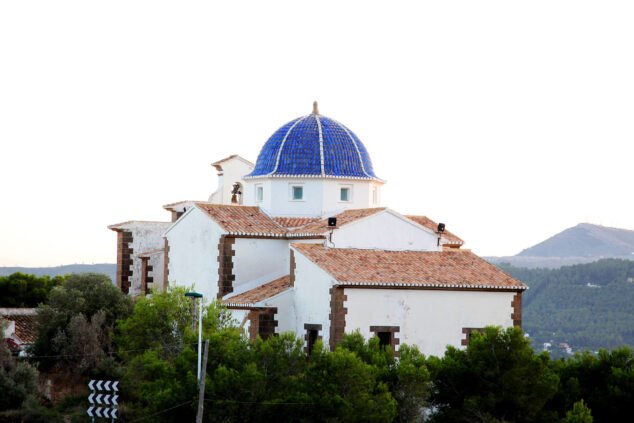
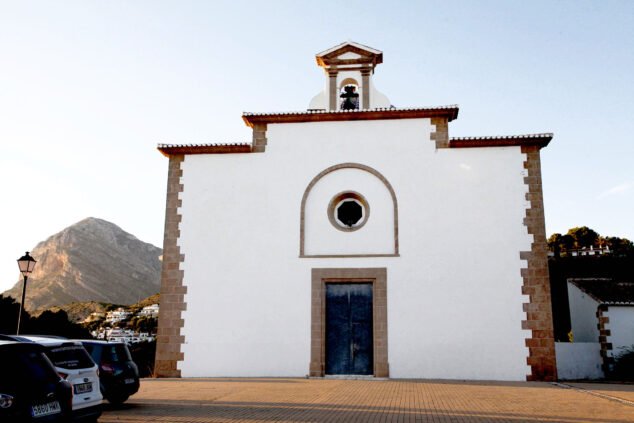
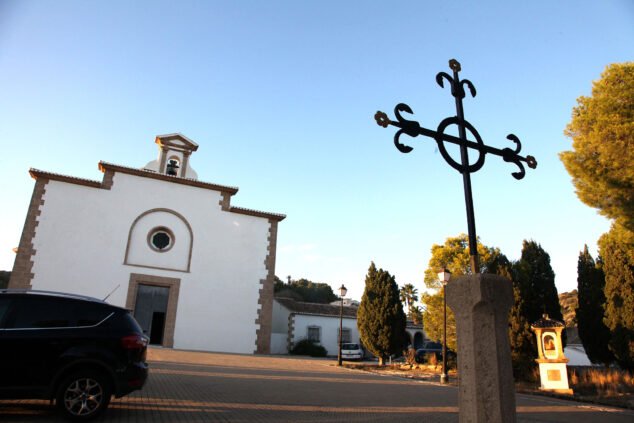
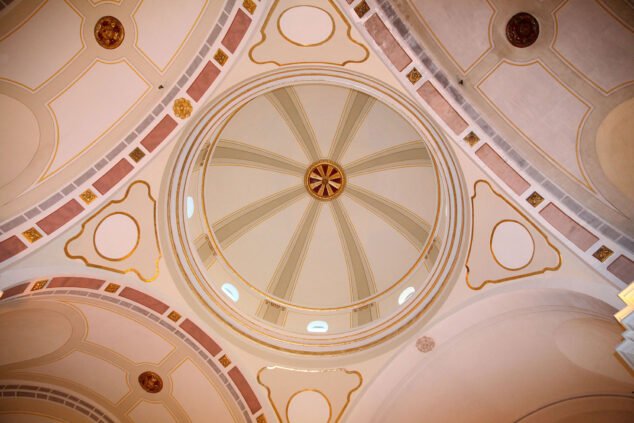
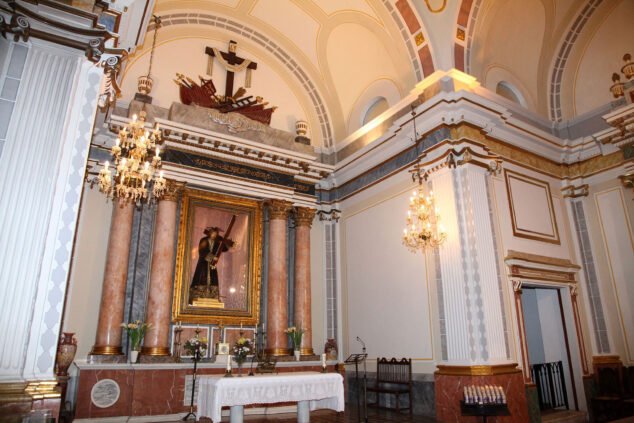
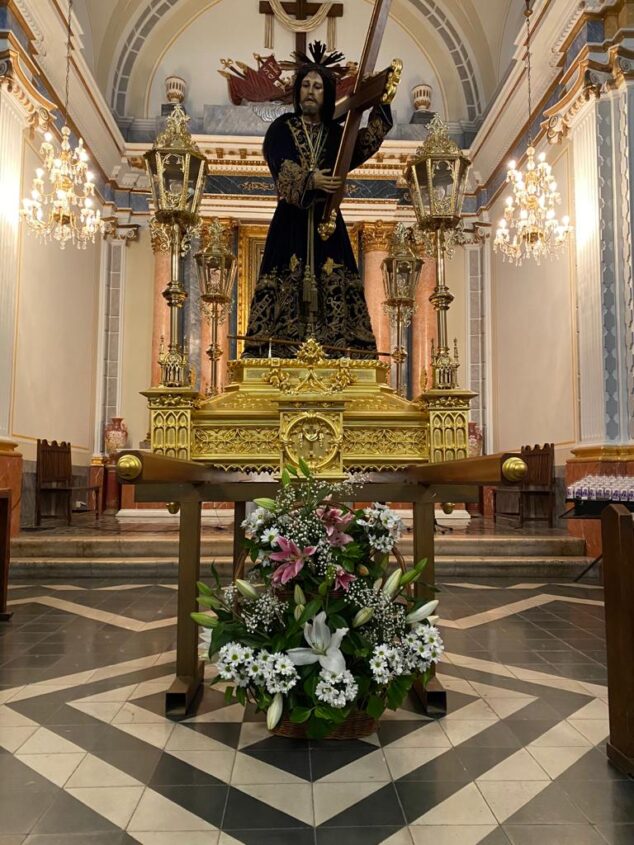
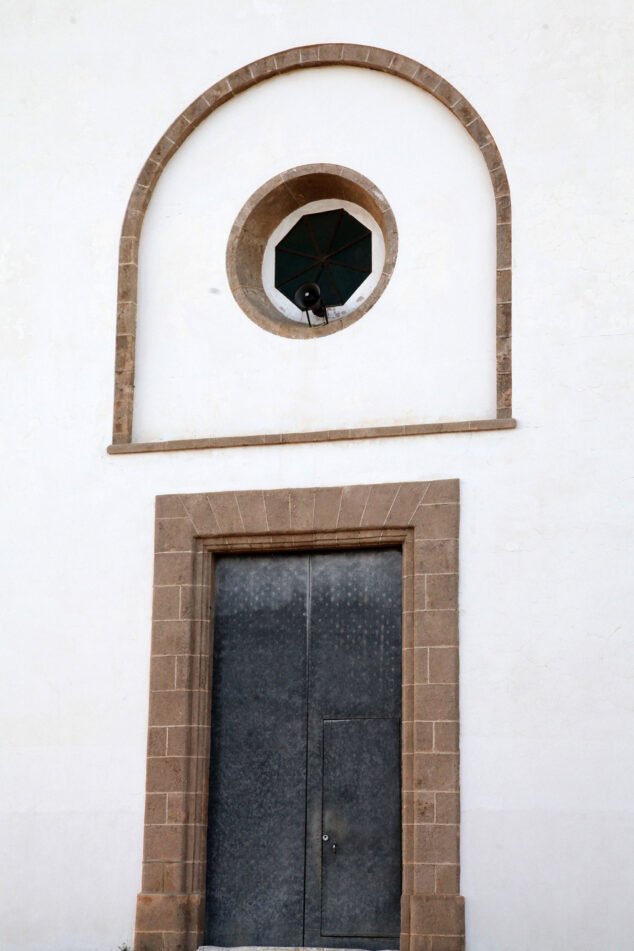
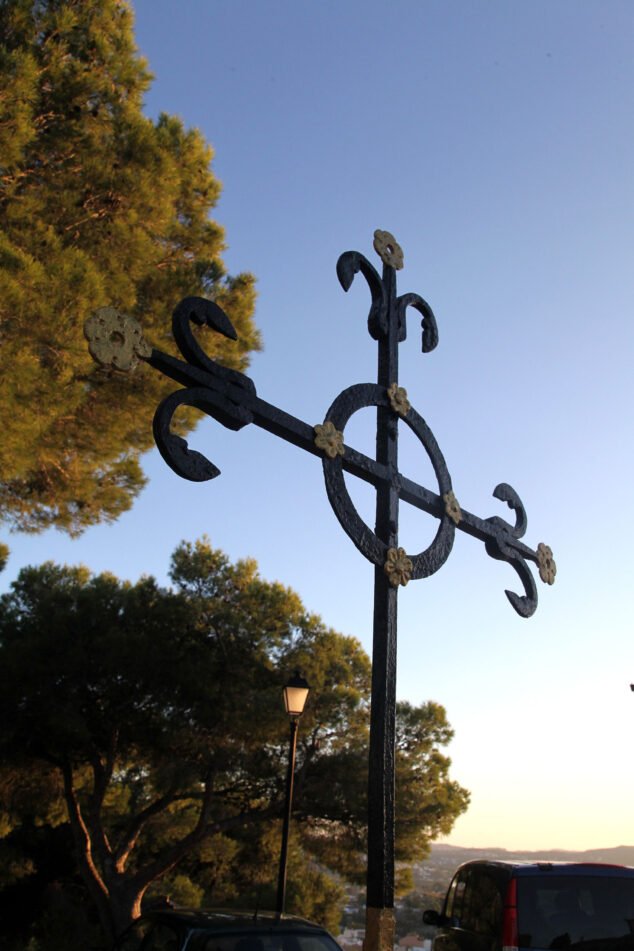

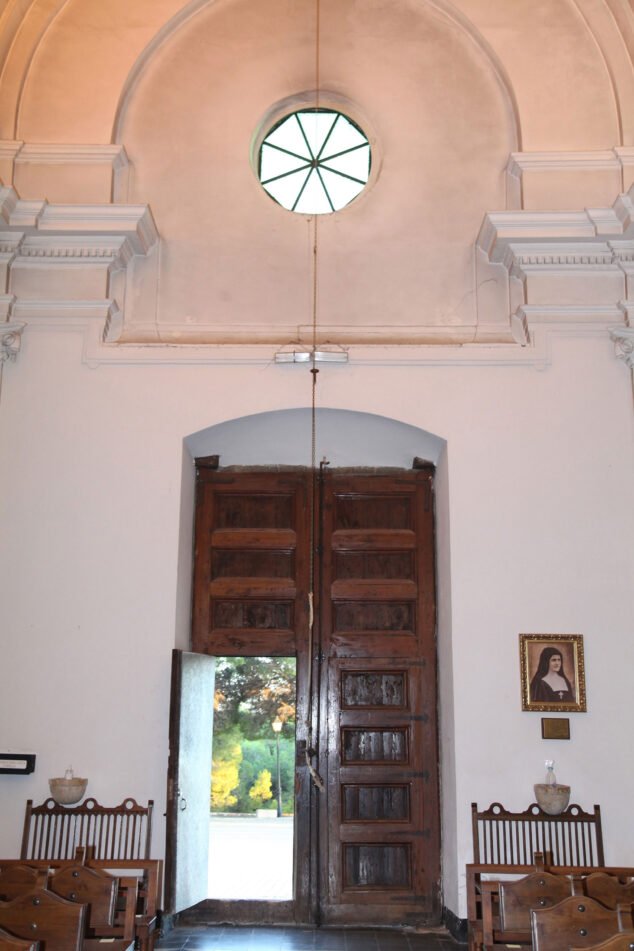
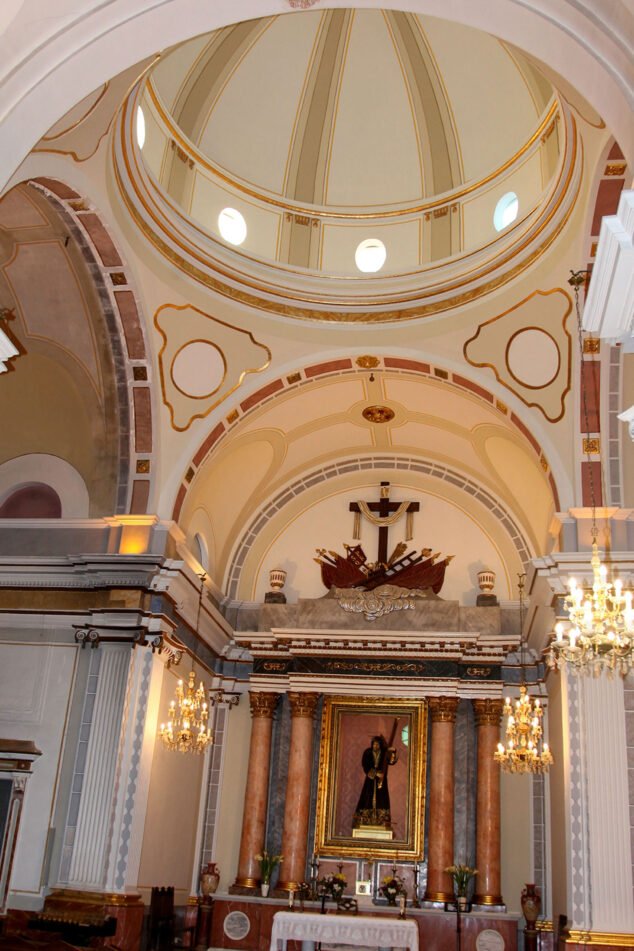
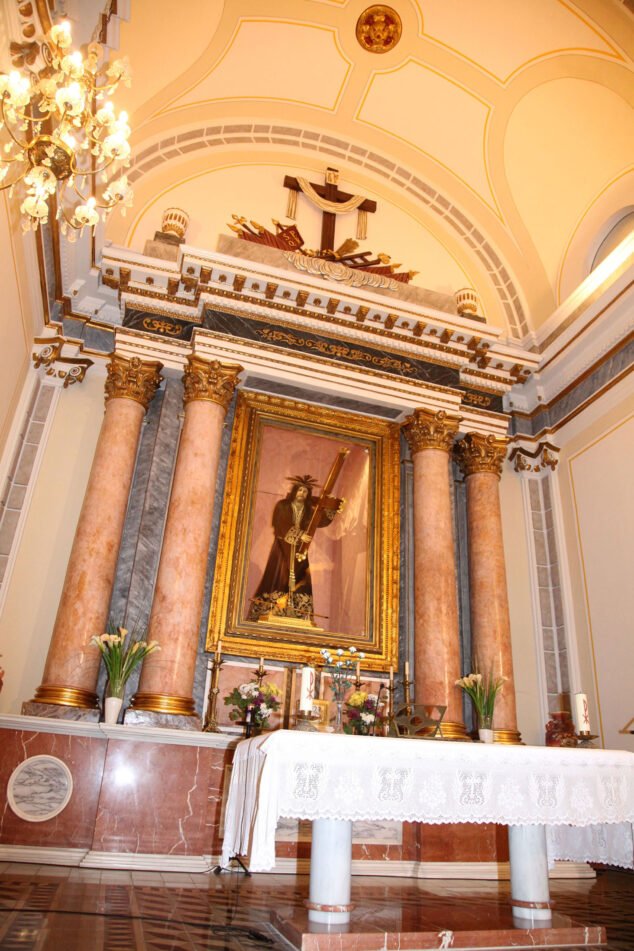
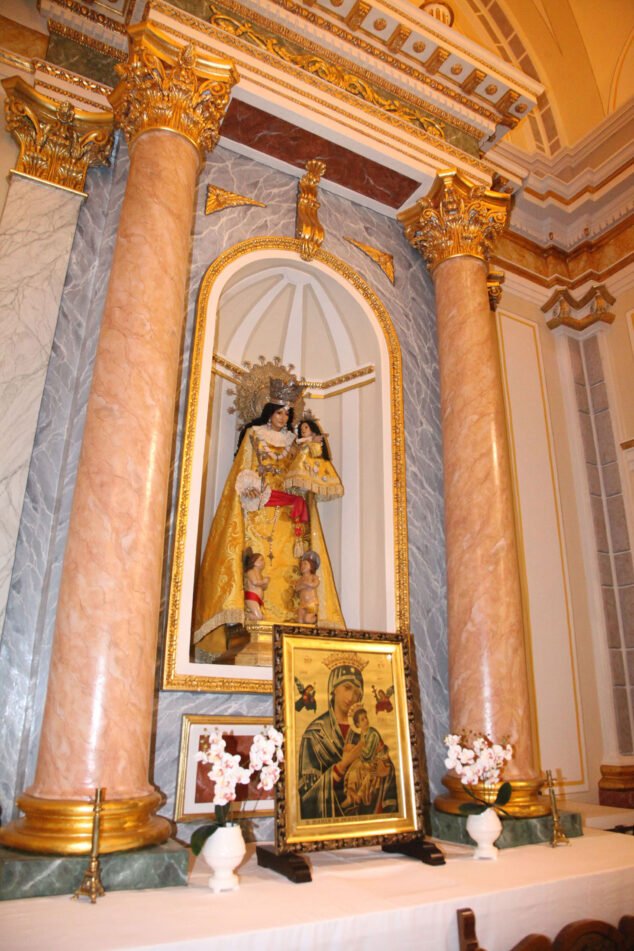
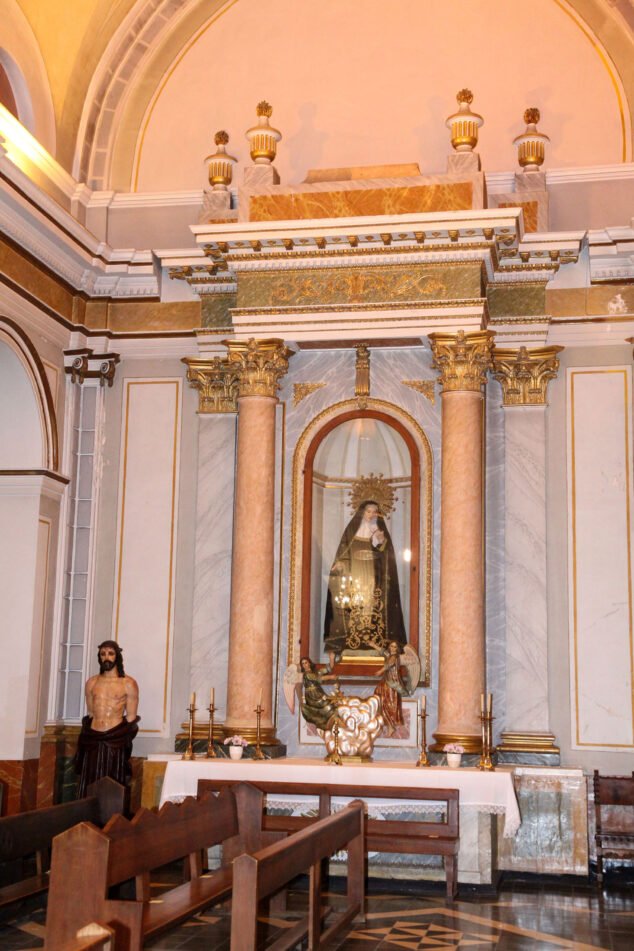
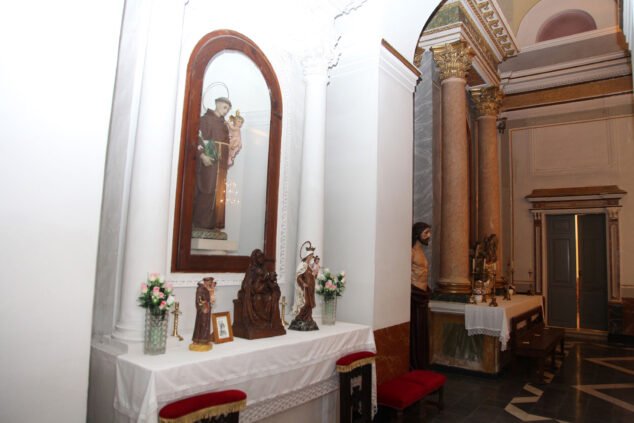
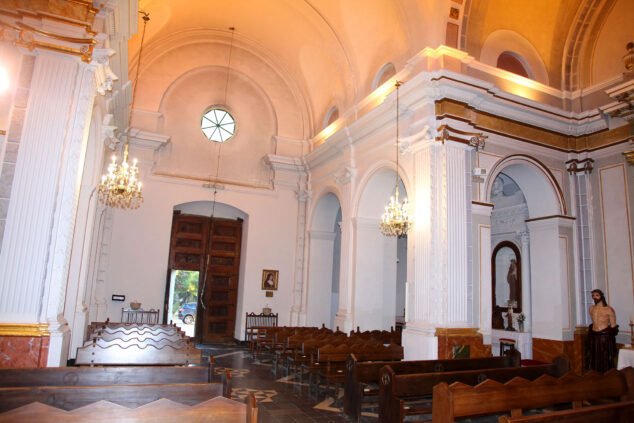
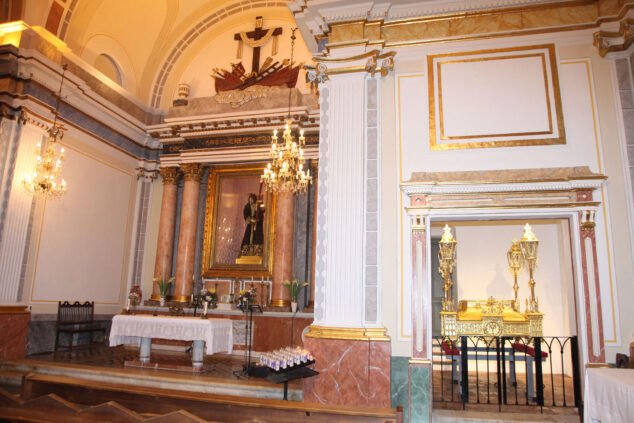
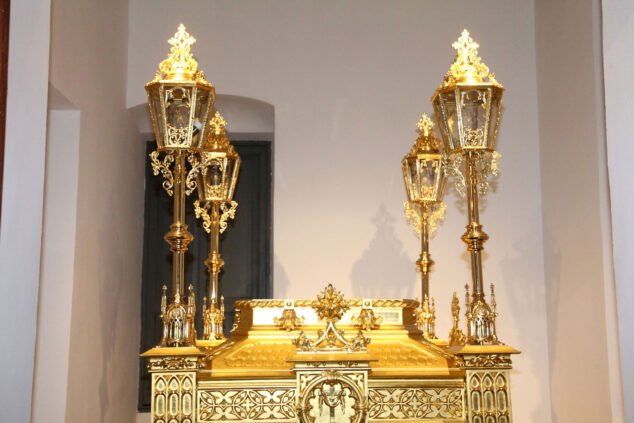
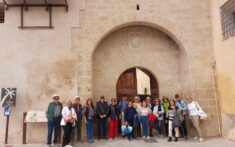

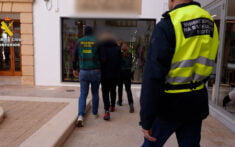
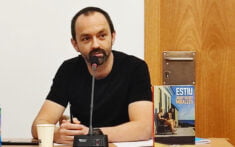

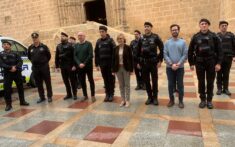
May Mrs. Ramona de Palencia, from heaven, accompany us to all the devotees of the Nazarene.
Sail from there, for what you worked so hard here: you Xàbia and his Nazareno